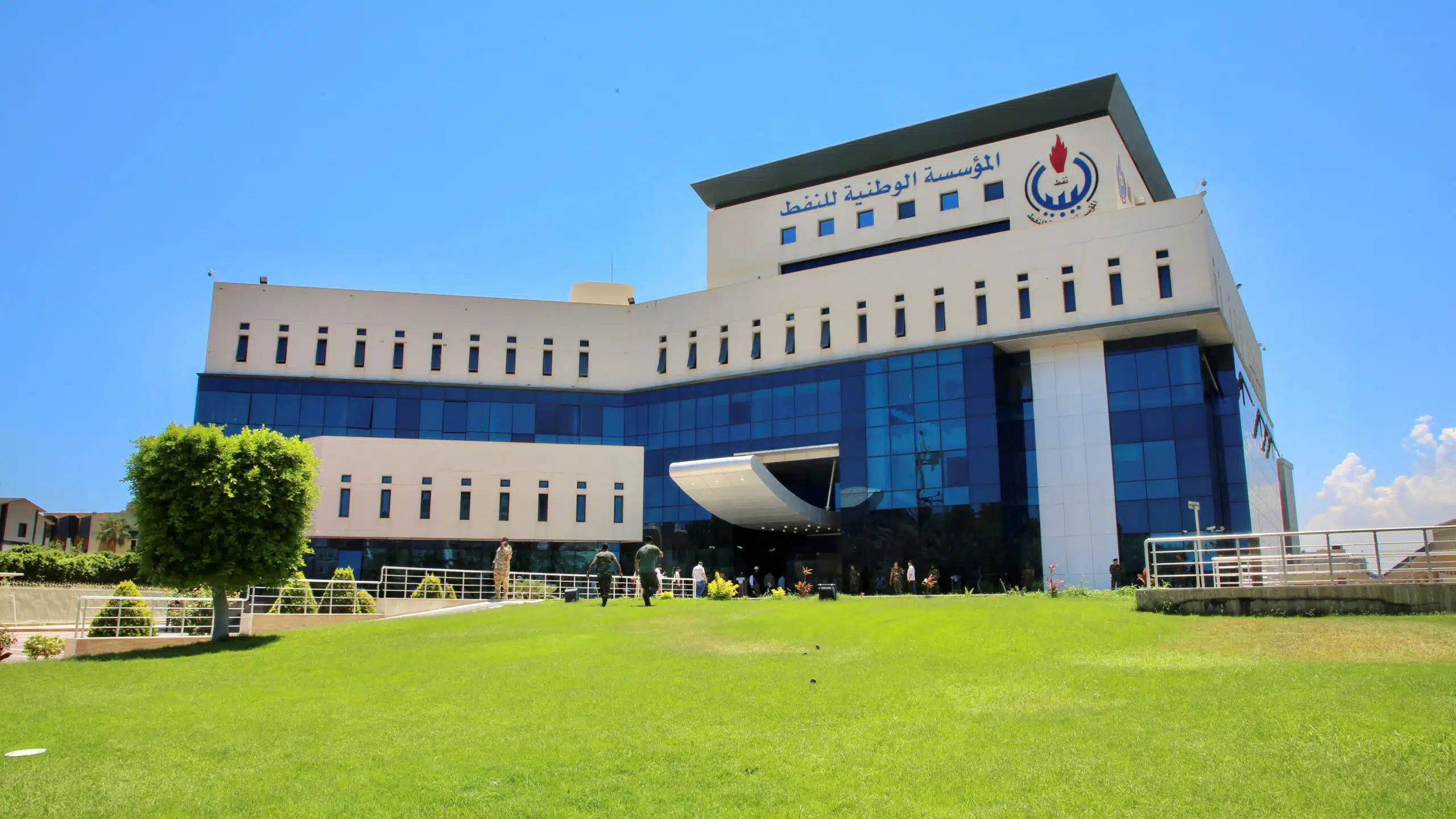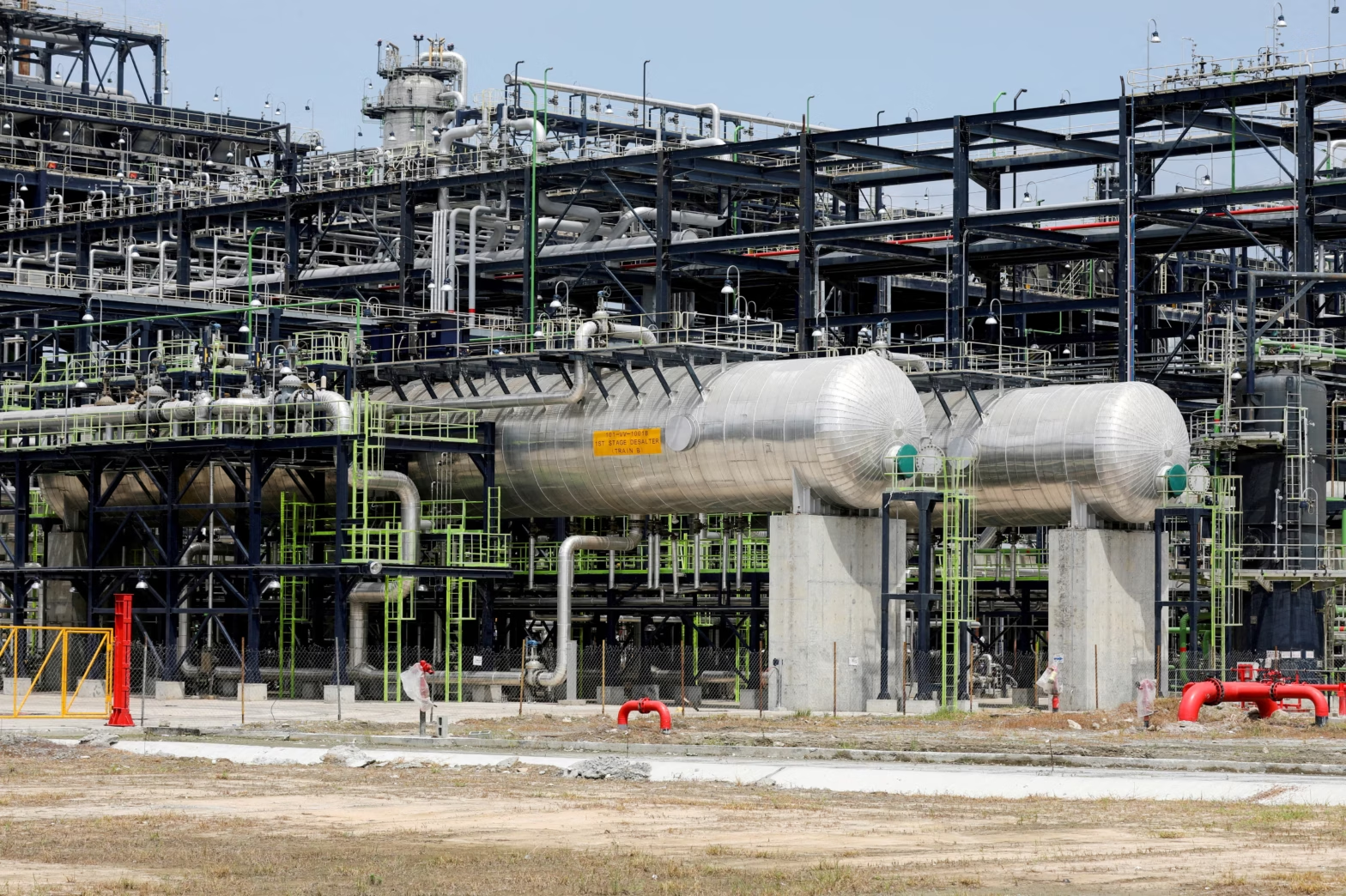Libya’s state-owned National Oil Corporation (NOC) has announced that oil loading was normal after negotiations with demonstrators at the Es Sider and Ras Lanuf ports.
NOC provided an update on the status of its ports in response to recent protests in a statement released on its Facebook page on Tuesday.
The national oil company said oil exports were continuing without disruption following talks with protesters at the Es Sider and Ras Lanuf ports.
“(Oil) operations are proceeding without interruption across all fields and ports, subsequent to discussions held with protesters who conducted a demonstration this morning at the ports of Es Sider and Ras Lanuf,” the NOC said in a statement on its Facebook page.
Earlier on Tuesday, local protesters claimed they prevented a tanker from loading oil at Es Sidra port in Libya, a major oil producer, two engineers from the facility told Reuters.
According to the engineer’s statements, the Oil Crescent Region Movement authorized the stoppages, which begin Tuesday at Ras Lanuf and Es Sider, which together handle over 400,000 barrels per day.
They explained that their demands were a call for fair development of their region to improve living conditions.
On January 5, the Oil Crescent Region Movement threatened to stop exports and output unless the state-owned oil firm, which plans to expand the country’s oil and gas production, moved the headquarters of five energy businesses from the west to the east, where the companies have terminals and operations.
However, protests have previously disrupted oil operations. In January last year, they forced a shutdown of production at Libya’s Sharara oilfield.
What you need to know
Both Ras Lanuf and Es Sider are in the east of the north African country, where the majority of the nation’s crude production is located.
Es Sider typically receives 300,000-320,000 barrels a day from the nation’s fields, while Ras Lanuf gets 130,000-140,000 barrels a day.
The country’s east has a total output of 900,000 barrels a day, highlighting the wider supply risks should disruption spread.
According to a reviewed of loading schedule tracking, Es Sider was on track to export approximately 340,000 barrels per day of oil in January, with an additional 110,000 barrels per day scheduled to sail from Ras Lanuf.










